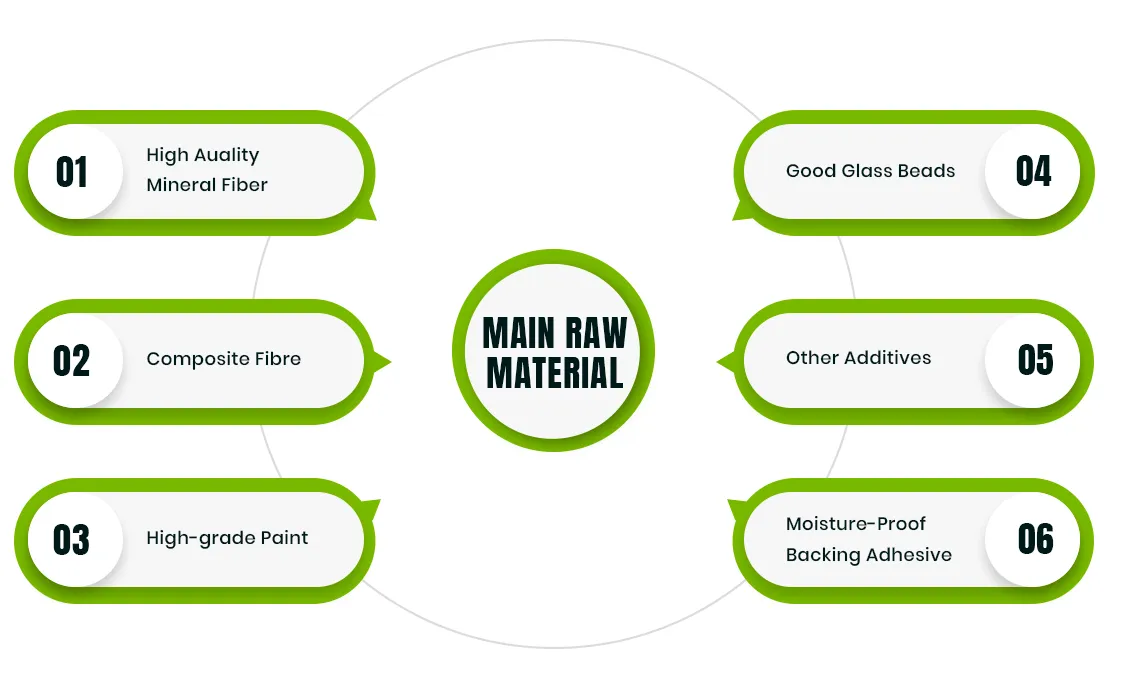- Afrikaans
- Albanian
- Amharic
- Arabic
- Armenian
- Azerbaijani
- Basque
- Belarusian
- Bengali
- Bosnian
- Bulgarian
- Catalan
- Cebuano
- Corsican
- Croatian
- Czech
- Danish
- Dutch
- English
- Esperanto
- Estonian
- French
- German
- Greek
- Hindi
- Indonesian
- irish
- Italian
- Japanese
- Korean
- Lao
- Malay
- Myanmar
- Norwegian
- Norwegian
- Polish
- Portuguese
- Romanian
- Russian
- Serbian
- Spanish
- Swedish
- Thai
- Turkish
- Ukrainian
- Uzbek
- Vietnamese
Th8 . 06, 2024 07:16 Back to list
Guidelines for Selecting and Installing Ceiling Inspection Panels in Commercial Spaces
The Importance of Ceiling Inspection Panels in Modern Building Design
In contemporary architecture and construction, ceiling inspection panels play a vital role in maintaining the safety, functionality, and aesthetics of buildings. These panels, often overlooked, serve as access points to concealed spaces above ceilings, allowing easy maintenance and inspection of critical systems such as electrical wiring, plumbing, and HVAC (heating, ventilation, and air conditioning). Understanding the significance of ceiling inspection panels can help architects, builders, and property owners appreciate their essential role in modern building design.
What Are Ceiling Inspection Panels?
Ceiling inspection panels are removable or hinged panels installed in ceilings to provide access to the area above, typically known as the plenum space. These panels are constructed from various materials, including metal, plastic, or gypsum, and are designed to blend seamlessly into the ceiling while maintaining a clean and professional look. Their size and placement can vary depending on the specific needs of the building and the systems they are meant to access.
Enhancing Accessibility
One of the primary advantages of ceiling inspection panels is that they enhance accessibility to vital infrastructure without requiring extensive demolition or disruption. In buildings where regular inspections and maintenance are necessary—such as commercial enterprises, healthcare facilities, and educational institutions—these panels allow maintenance personnel to quickly access electrical systems, ductwork, and plumbing. This not only saves time but also reduces the cost associated with repairs, as issues can be identified and addressed proactively.
Safety and Compliance
ceiling inspection panel

Buildings must comply with various safety codes and regulations that mandate regular inspections of electrical and mechanical systems. Ceiling inspection panels facilitate this compliance by providing a straightforward and non-intrusive way to inspect essential systems. Regular inspections can help prevent catastrophic failures that could lead to fires or system malfunctions, ensuring the safety of occupants. Additionally, in an age where health and safety are paramount, having quick access to hidden infrastructure supports maintenance teams in swiftly addressing potential hazards.
Aesthetic Considerations
Modern architectural design prioritizes aesthetics without compromising functionality. Ceiling inspection panels are designed to be unobtrusive, often customizable to match the ceiling finishes and styles. Whether in a sleek office space, a sophisticated healthcare setting, or a vibrant educational environment, these panels can blend into the existing design, allowing architects to uphold their vision while maintaining practicality. The ability to incorporate inspection panels that are both functional and visually appealing is an essential aspect of modern design.
Sustainability and Energy Efficiency
In today's world, sustainability is a critical consideration in building design. Efficient maintenance of systems through ceiling inspection panels contributes to the overall sustainability of a building. By allowing for quick troubleshooting and maintenance of HVAC systems, for example, these panels can help optimize energy use, reducing overhead costs and environmental impact. Furthermore, easy access ensures that maintenance can be performed with minimal disruption, extending the lifespan of crucial systems.
Conclusion
In summary, ceiling inspection panels are an indispensable feature of modern building design, providing accessibility, enhancing safety, contributing to aesthetic value, and promoting sustainability. As technology evolves and buildings become more complex, the role of these panels will only grow more significant. Therefore, it is essential for architects, builders, and property owners to recognize the importance of ceiling inspection panels and to incorporate them thoughtfully into their designs to ensure safety, efficiency, and aesthetic harmony in their structures.
-
Transform Interiors with PVC Gypsum Ceiling: A Stylish, Durable, and Moisture-Resistant SolutionNewsMay.19,2025
-
The Smart Interior Upgrade: Discover the Durability and Versatility of Gypsum Ceiling Access Panel SolutionsNewsMay.19,2025
-
The Smart Choice for Interior Design: Discover the Value of PVC Gypsum Ceiling SolutionsNewsMay.19,2025
-
Mineral Fiber Ceiling Tiles: The Smart Blend of Performance and AestheticsNewsMay.19,2025
-
Mineral Fiber Ceiling Tiles: The Superior Choice Over Gypsum for Sound and Fire SafetyNewsMay.19,2025
-
Mineral Fiber Ceiling Tiles: Eco-Friendly Strength and Style for Every CeilingNewsMay.19,2025







